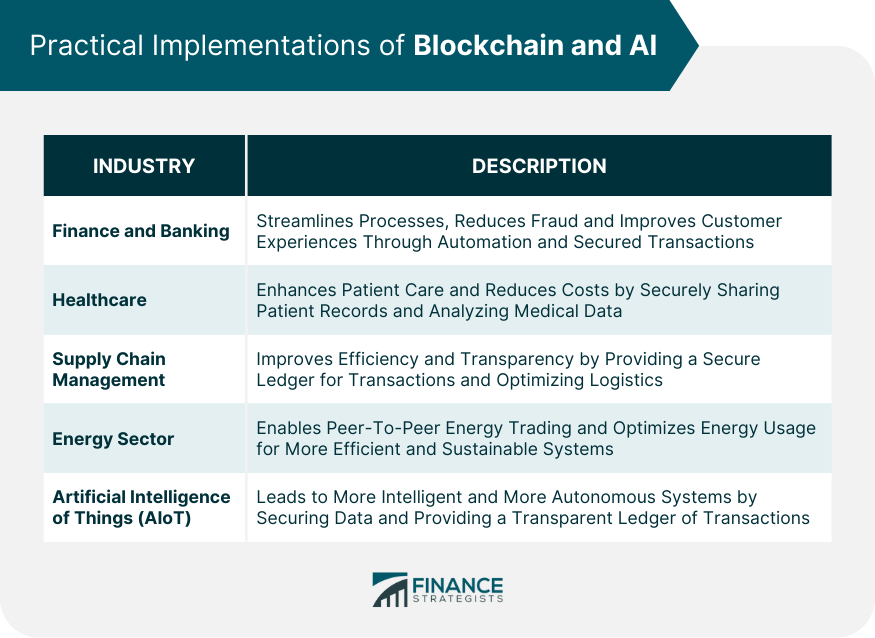
ERP Upgrade Smooth Sailing or Rough Waters?
Planning: The Foundation for a Smooth Upgrade
A successful ERP upgrade begins long before the first line of code is touched. Thorough planning is paramount. This involves a detailed assessment of your current system, identifying areas needing improvement, and defining clear objectives for the upgrade. Consider forming a dedicated project team with representatives from all departments impacted by the ERP system. This team should be responsible for developing a comprehensive project plan, including timelines, resource allocation, and risk mitigation strategies. Don’t underestimate the time required for thorough planning; rushing this phase often leads to unforeseen problems down the line.
Data Migration: Navigating the Labyrinth of Information
Migrating your data from your old ERP system to the new one is a critical and often complex process. Data cleansing is essential – inaccuracies and inconsistencies in your existing data will only be amplified in the new system. This means identifying and correcting errors, removing duplicates, and standardizing data formats. Consider using a phased approach to data migration, starting with a pilot project involving a smaller subset of your data to identify and resolve potential issues before migrating the entire dataset. Careful planning and meticulous execution are key to a successful data migration.
Testing: Ensuring Functionality and Accuracy
Thorough testing is crucial to avoid unexpected problems after the upgrade. This involves rigorous testing of all system functionalities, including modules, integrations, and reports. Consider using both unit testing and integration testing to identify and fix bugs. User acceptance testing (UAT) is also critical – involving end-users in the testing process ensures the system meets their needs and works as expected in a real-world scenario. Allocate sufficient time for testing – it’s far better to identify and fix issues during testing than after the go-live date.
Training: Empowering Users for Success
An ERP system is only as good as the people who use it. Investing in comprehensive user training is vital to ensure a smooth transition and adoption of the new system. Tailor training to different user roles and levels of expertise, using a variety of methods such as online tutorials, classroom sessions, and hands-on workshops. Provide ongoing support and resources after the training to address user queries and concerns. Remember, user buy-in is crucial for the long-term success of the ERP upgrade.
Change Management: Navigating the Human Element
Implementing a new ERP system invariably involves significant changes to business processes and workflows. Effective change management is crucial to mitigate resistance to change and ensure user adoption. Communicate clearly and frequently with employees throughout the upgrade process, keeping them informed of progress, timelines, and potential impacts. Address concerns proactively and provide support to help users adapt to the new system. Remember that change management is an ongoing process, not just a one-time event.
Post-Implementation Support: Maintaining Momentum
The upgrade isn’t over once the new system goes live. Post-implementation support is crucial for addressing any lingering issues, providing ongoing training, and ensuring the system continues to meet your business needs. Establish a clear process for handling









